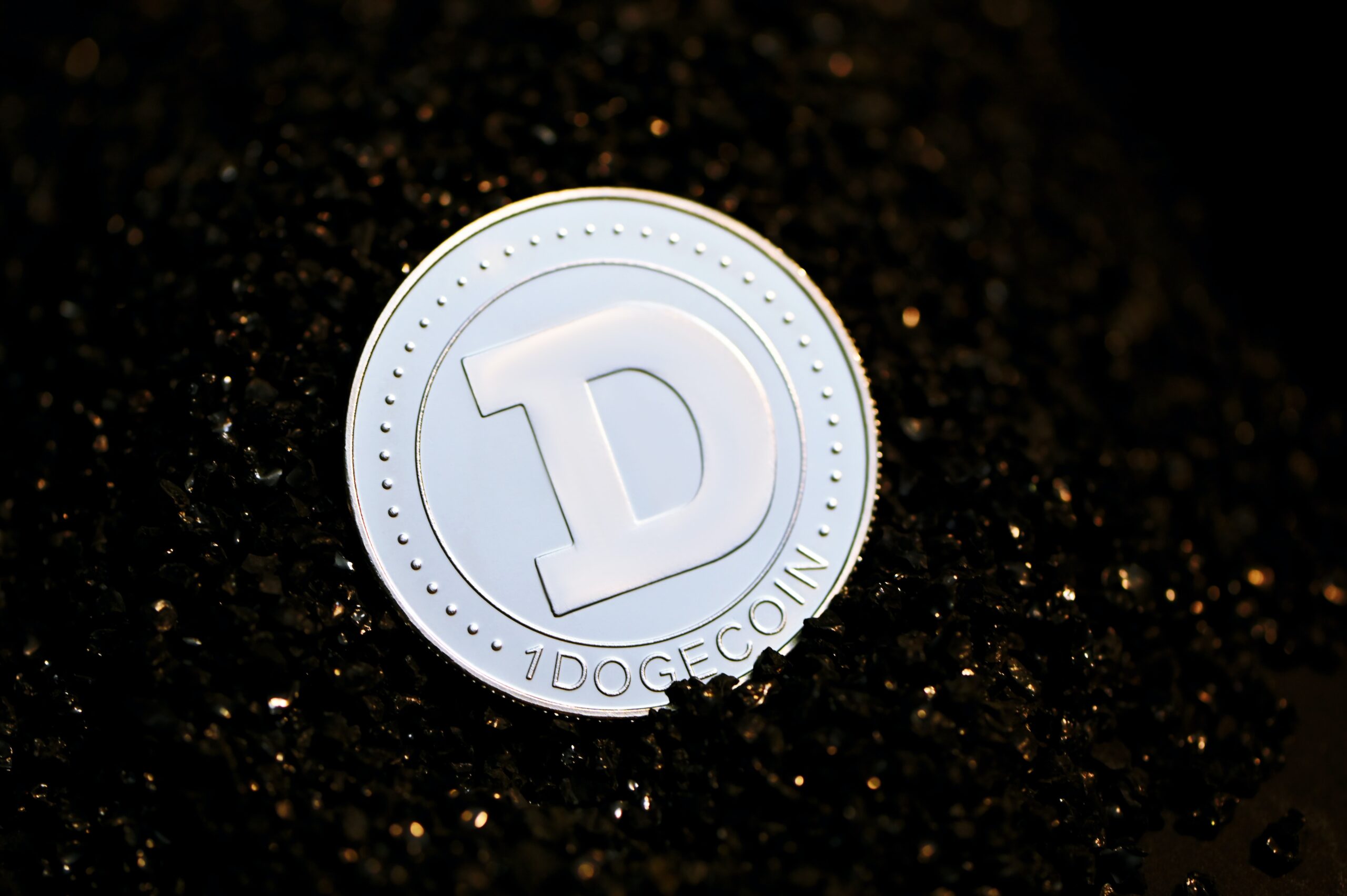With the help of the decentralized DigiByte blockchain network, users may send and receive money swiftly and securely.
It was created by Jared Tate in 2014 and shares many characteristics with Bitcoin and other pre-existing blockchain payment networks. The Digibyte network has also been improved to enable developers to create decentralized applications on top of it, much like they might with Ethereum.
The DigiByte blockchain, at its heart, uses a Proof of Work method to validate transactions and create new DGB tokens, the platform’s native cryptocurrency. DigiByte specifically uses a UTXO distributed ledger mechanism, just like Bitcoin does.
DigiByte does not experience scaling problems because its network can process 560 transactions per second, 120 times more quickly than Bitcoin, thanks to the security approach it directly inherited from the first cryptocurrency ever created. This makes DigiByte the fastest UTXO blockchain and one of the quickest Proof of Work blockchains in the world.
In essence, DigiByte is what Bitcoin would have turned into if it had continued to develop in order to fulfill the needs of more advanced blockchain developers.
What distinguishes DigiByte from Bitcoin?
In particular, Bitcoin’s vast network effect and unbroken record as the longest-running network that has not yet been hacked won the hearts of many cryptocurrency investors. The Satoshi Nakamoto-envisioned decentralized payment system has achieved incredible success.
The throughput of Bitcoin is constrained to 4 to 5 transactions per second. Even though a sizable percentage of the energy used by Bitcoin is derived from underutilized renewable energy sources, such Iceland’s geothermal power, it still consumes too much energy each transaction.
efficient use of electricity per transaction
On the other side, DigiByte makes better use of computational power (or hash rate) and Proof of Work. According to Josiah Spackman’s estimation on Medium, each transaction on DigiByte only needs up to 2.5% of the energy that Bitcoin uses.
Despite this, DigiByte “has more watts-per-dollar of market cap securing the blockchain,” which means that the electric bills that DigiByte miners are charged contribute much more to producing more blocks than does Bitcoin, making DigiByte a “green proof-of-work blockchain” because it processes more transactions per second than Bitcoin.
able to withstand centralized hash power
Nowadays, mining Bitcoin without the usage of pricey ASICs is practically impossible. Although this might imply a more secure network, in practice it endangers Bitcoin’s decentralized character.
Profit sharing with investors in a “mining pool” is a popular method used by Bitcoin mining companies to raise money. Theoretically, if three significant mining pools banded together, they would already control more than 51% of the hash rate and might be able to influence the block generation procedure.
By offering five alternative ways to mine DGB with five different Proof of Work algorithms, DigiByte solves this problem. DigiByte can be mined using the Scrypt, Groestl, Qubit, and Odocrypt algorithms in addition to Bitcoin’s SHA-256 algorithm.
The majority of ASICs are built for SHA-256 and Scrypt, but they cannot be used with other algorithms. As a result, there are now a wider variety of mining pools available, making the DigiByte mining process more democratic and fair and lowering the possibility of collusion.
Available smart contracts on top of DigiByte
Smart contracts are not currently supported by Bitcoin.When specific criteria are met, smart contracts—special, programmable wallets—can hold and send money.
Consider vending machines that can store things and exchange them automatically when money is inserted.
At the time that DigiByte’s mainnet was beginning to take off, Ethereum was the first blockchain to implement smart contracts. Despite being created before Ethereum, DigiByte did not introduce smart contract capabilities until April 2019.
The DigiByte infrastructure now has the DigiAssets protocol as its top layer. As a result, programmers can now create decentralized applications (DApps) and cryptocurrency tokens, such as the digital equivalents of a ticket for a flight, stock certificates, real estate titles, and many more.
These tokens are reflected in the second layer of the DigiByte public ledger, and DGB can be used as a small payment to miners for processing DApp data and leveraging the network’s overall computing capacity. The general operation of Ethereum is comparable to this approach.
Why is Bitcoin still more popular than DigiByte?
DigiByte is one of the oldest cryptocurrencies in existence and is more technologically advanced than Litecoin, yet it is less well-known despite these factors. However, this is because at the time DigiByte was initially introduced, the decentralized basic payment network had already reached saturation.
The cryptocurrency industry has altered ever since Ethereum was introduced. Transaction speed was no longer the only consideration; functionality was as well. Ethereum’s base value surged as a result of smart contracts as more developers adopted the platform to build decentralized financial services (DeFi).
The DigiByte community just determined that adding smart contract capability will help the platform meet the current expectations for what blockchains should be after the 2017 ICO boom.
A non-profit organization called the DigiByte Foundation was established to assist in organizing fundraising events at the beginning of 2020. There was neither ICO funding nor pre-mining, as there was in the case of Ethereum, unlike the vast majority of other blockchains in use.
The foundation demonstrates how firmly the community is committed to maintaining the blockchain advanced and flexible. The foundation’s transparency with regard to its financial accounts is another indication of its integrity. The community functions independently and is not reliant on Jared Tate, its original founder.
The DGB Awareness Team (DGBAT), a separate entity from the DigiByte Foundation, organizes programs to assist promote DGB to the general public in order to further strengthen the brand recognition of DigiByte.
What is ahead for Digibyte?
When compared to the price of Litecoin ($158/LTC) in June 2021, the price of 1 DGB will be US $0.05, which is extremely reasonable. Investing in DigiByte will be very profitable in the future if its marketing strategy is effective.
Like Bitcoin, DigiByte has stood the test of time while also being flexible enough to meet the needs of the current decentralized environment.
If the community’s enthusiasm for DigiByte continues, it may surpass Bitcoin in value for as long as investors emphasize technological superiority when making cryptocurrency investments.









